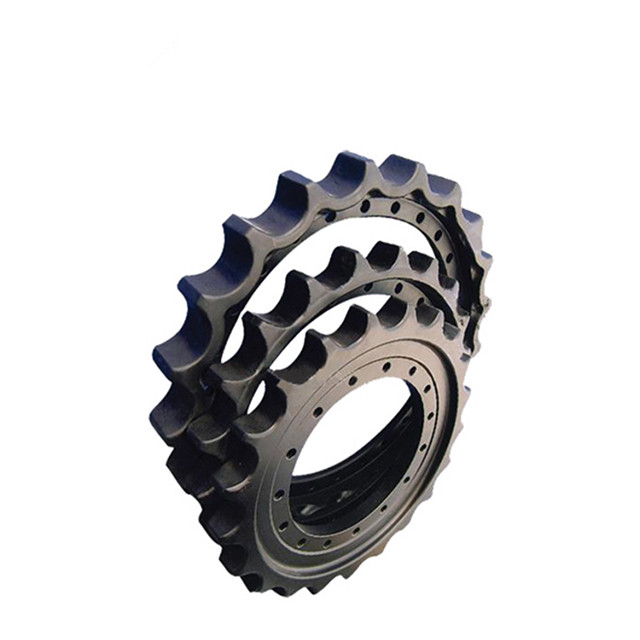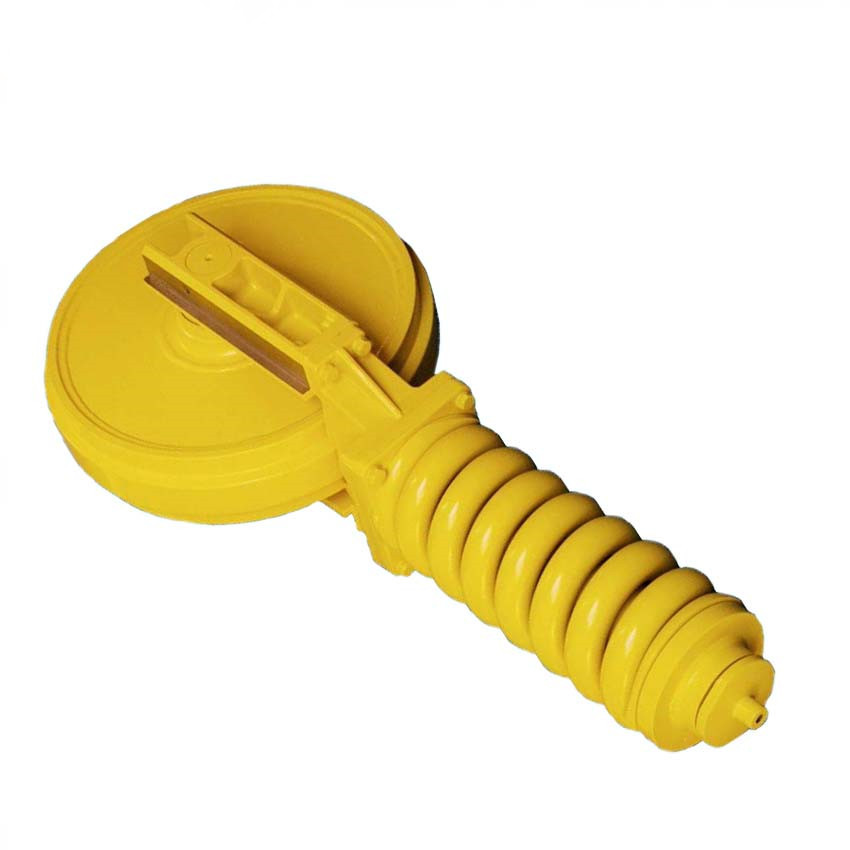If you're into cars, you'll have likely heard the term 'MacPherson strut suspension' countless times. But what does that actually mean? Thankfully, it's a reasonably easy concept to get your head around.
MacPherson strut suspension is a simple independent suspension design used by just about every mainstream car maker in the world, normally for front wheels. It’s based around a basic triangular design in two parts; a control arm and a radius rod, which together form a triangle against the car’s chassis. Usually, this triangle is at the bottom of the suspension rather than the top. ID1354/37

The control arm locates the wheel laterally and the radius rod stops it moving fore and aft in the wheel arch. The control arm was usually the chunkier and stronger of the two and was the one that attached directly to the lower part of the wheel carrier, otherwise known as the hub. These days, the two have been streamlined into one, much larger, control arm in conjunction with a stabiliser bar that links the chassis and suspension unit.
Speaking of which, the spring and damper unit is mounted vertically or close to it. It consists of an enclosed cylinder that bolts to the top of the hub; within it is the shock absorber or damper. At the top, it has a wide collar that cups the coil spring, while the damper shaft runs all the way through the centre of the coil to the top of the spring unit, which is bolted fast to the structure of the car.
In this way, the MacPherson strut creates a three-point fixing structure for the wheel that proves very strong and versatile, and can easily be tailored to more demanding usage like track driving. At least as importantly, it’s also a cheap design to produce. Car makers love ‘cheap and effective’ just as much as we do.
The design really came into its own as cars began to be produced with ‘unibody’ chassis, also called monocoques. Monocoques have high relative rigidity between the MacPherson strut’s mounting point areas, giving it the kind of support and control it needs in order to work properly.
Various developments over the years have seen different interpretations of the design emerge, from Earle S MacPherson’s first sketches where an extended anti-roll bar also functioned as the radius rod, to current ideas where the two are separate. Some cars also now use a wishbone instead of the old control arm and radius rod combination.
It’s obviously a good system. The likes of BMW and Porsche use it, and you’ll find it hiding behind the front wheels of the Golf GTI, for example. It’s not just for shopping cars, even though 99 per cent of them use the same basic design.
A double-wishbone setup allows more adjustment for camber and roll centre, which can reduce body roll. It’s also a stiffer option and some people say it introduces more control to a car’s handling. The fact remains that the MacPherson strut is a brilliantly effective way to combine strength, spring and stability at a low manufacturing cost.
Uhmm Matt, I’m actually here to talk about the last post where EVERY COMMENT was glitched to downvote oblivion.
We know that there is someone exploiting the Downvote glitch. can you please do something about it, or at least can you fix the issue permanently. It truly is ruining the state of the website mate.
Please tell your IT team or whatever to try and do something. It honestly is getting out of hand
Also, the post actually helped me out here
I’ve seen many car reviews talking about these and torshen beam systems(maybe a post about those would do as well) and m it kinda makes sense now!
In reply to by CannedRex24
You mean torsion beam, right? It does exactly what the name says, it’s a beam that twists and works as a suspension that way. Exclusively used for rear suspension. It is, much like the MacPherson strut in the front, not the most ideal design ever, but it’s good enough, cheap to produce and very compact.
Fk MacCheapsh*t strut. . . DOUBLE WISHBONE MASTERRACE!
In reply to by Anonymous (not verified)
true double wishbone, not that idiotic hybrid
In reply to by Anonymous (not verified)
In reply to by Anonymous (not verified)
And I’m here driving my car with MacPhersons that handles better than 95% of cars with other types of suspension
In reply to by Anonymous (not verified)
pushrods make everything better -jeremy clarkson
I’d like to see L McPherson ‘s strut
One important reason for Porsche using the MacPherson setup (While f.e. the AMG GT uses a “more sophisticated” double wishbone suspension) is the ability to keep the suspension compact in order to provide usable luggage space. Why does the Golf GTI uses a MacPherson front suspension? Well, you wouldn’t change the whole system from the standard car since it would lead to high costs. The problem with high-powered fwd cars and MacPherson is torque steer, and Ford modified the standard setup with their “revo knuckle system” by keeping the steering axle closer to the middle of the front wheel to keep the 350 hp of the Focus RS Mk 2 somewhat tamed. As far as i know the new RS uses a conventional MacPherson system again, since it is 4WD.

ID1354/37 High end safety features As the Gemini or Opel suspension IFS.. Strength Safety Realibility Function at it’s high performance